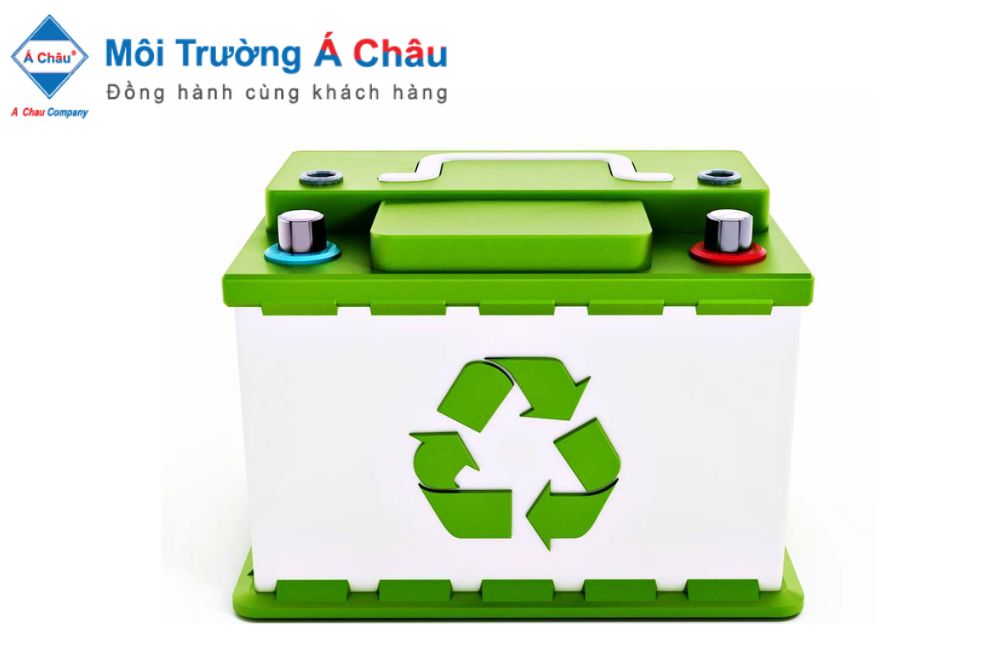The cement industry develops a waste treatment model towards of a circular economy!
Taking advantage of the existing high temperature clinker kiln system, capable of destroying all types of waste, the Vietnam National Cement Corporation (VICEM) has advocated the implementation of circular economy model in the cement production. The waste is turned into alternative raw materials and fuels in the cement production. The circular economy model is applied not only to help the cement business ensure the quality of products but also to save the cost and reduce CO2 emissions.
SEE MORE
Pre-processing and supply of co-processing materials
Specifically, in 2020, VICEM has implemented the sludge treatment at 5 lines of 4 cement plants (Hoang Thach, But Son, Ha Long, Ha Tien 1) with a total volume of 15,000 tons of sludge; in 2021, more than 70,000 tons of sludge, replace 3-5% of clay materials. In 2022, VICEM expects to treat about 86,000 tons of sludge.
Ordinary industrial solid waste is used as a materials to replace bran coal in production, which VICEM has implemented on 7 lines of 5 production units, with total treating volume of nearly 120,000 tons (2020); more than 200,000 tons (2021) and 276,000 tons planned for 2022. Moreover, ash and slag from thermal power plants are also being recycled by the cement industry as materials in the production of cement. In 2021, all VICEM nearly used 2,6 million tons of ash and slag; the plans of 2023 will use over 3 million tons, equivalent to an efficiency of 11.5%...
According to the representative of Cement Corporation, co-processing of waste in the cement clinker kiln not only reduce the waste of landfilling and treating; the burning of waste at the cement clinker kiln also makes the most of the heat from waste when being burned with coal in the clinker kiln, contributes to saving up to 25 – 90% of fuels that are non-renewable resources such as coal, oil and gas, 5-10% of raw materials; protects natural resources, reduces GHG emission. Preliminary calculation each year can save tens of billions dong per cement production line.
Meanwhile, at But Son Cement Joint Stock Company, the company implemented the conversion of ordinary industrial solid waste and sludge, ash and slag into alternative raw materials and fuels in cement production. This activity helps to reduce the amount of waste in the production process, with the volume of treating ordinary industrial solid waste up to 8,000 tons per month, treating hazardous waste nearly 1,500 tons per month, treating sludge about 4,500 tons per month.
From the treatment process, the burned waste created s heat source that are used directly, replacing the traditional bran coal which is the main source of fuel. Besides, using sludge waste, ash and slag after burning, which crystallizes and replaces clay in clinker production, as an additive of cement, also contributes to minimizing the use of natural resources, minimizing input cost for the procurement of raw materials and raise the efficiency of the Company’s production and business activities.
The ordinary industrial solid waste is put into the cement production lines at But Son cement, helping the business reduce CO2 emissions, save money and promote sustainable development.
Mr. Do Tien Trinh, General Director of VICEM But Son Company, said after 2 years of implementation at But Son VICEM, the Program has brought high economic efficiency. Specifically, in 2020 the efficiency from the co-processing waste program was 40.12 billion VND and 86.99 billion VND in 2021.
According to Mr. Do Tien Trinh, this is a typical program on the application of the circular economy model in industrial production, bringing efficiency for both socio-economic and environment. Despite being heavily impacted by Covid-19, VICEM But Son treated nearly 92,500 tons of waste and 52,800 tons of sludge in 2021, resulting in an economic efficiency of more than VND 60 billion for the Company.
In the following year, the Company will continue to research expansion, test some new scientific achievements in low-carbon building materials, environmentally friendly cement, clean energy and renewable energy, participate in the zero-carbon building transition, Trinh said.
From the above change of businesses, the development of a circular economy model is the right direction for Vietnam Companies and production businesses in the process of integration into the dynamic 4.0 economy.
Source: Ximang.vn














